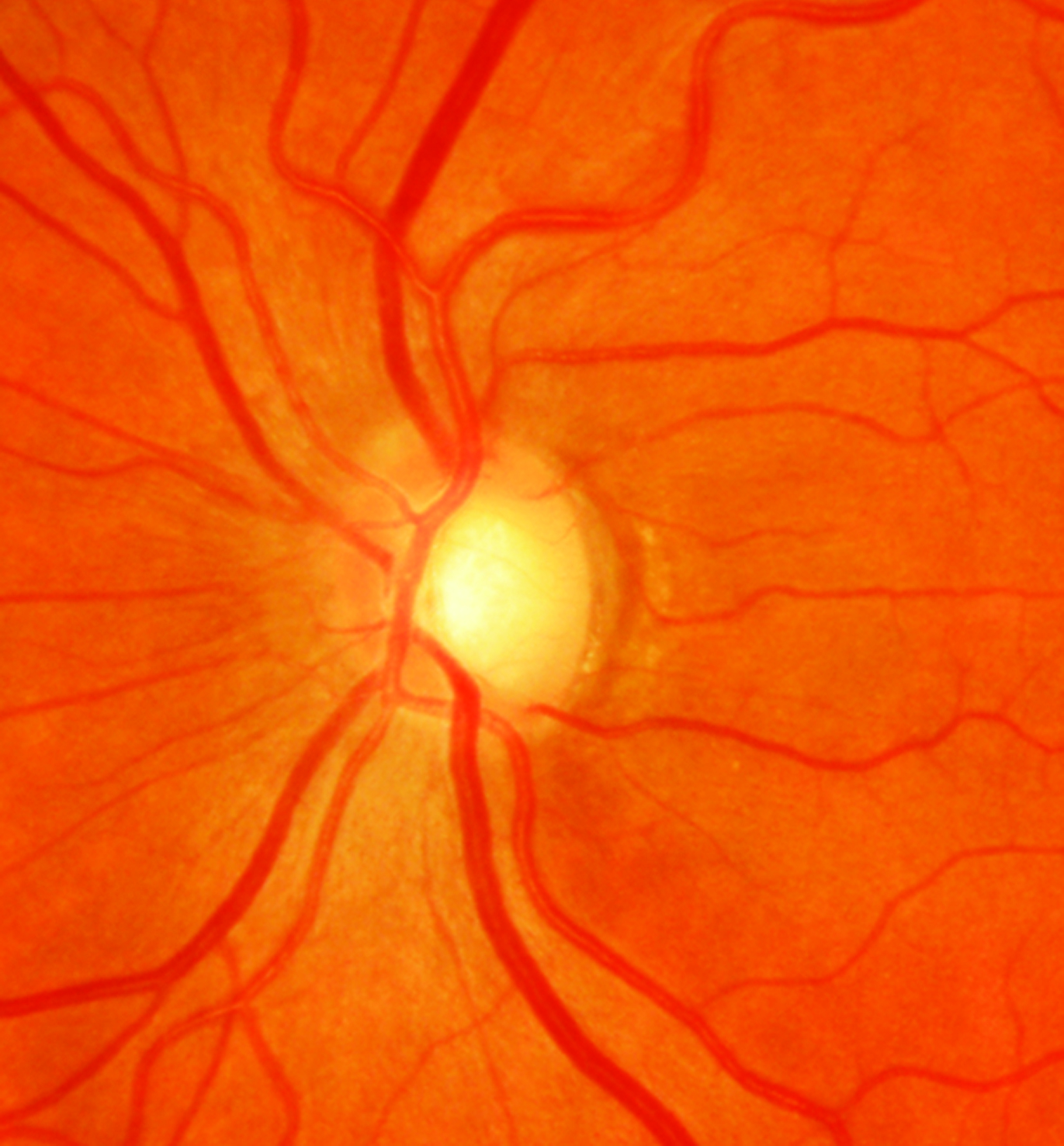 |
Those with the strongest genetic correlation to known alleles at work in glaucoma had a 3.3-times greater risk of starting IOP-lowering therapy within five years compared with patients showing the weakest genetic footprint for the disease. Photo: Sarah B. Klein, OD. Click image to enlarge. |
It’s been known for quite some time that glaucoma’s development is at least in part influenced by the genetics of the individual, but the associations are not always strong and, moreover, several genes are at work simultaneously. Such “polygenic” mechanisms make risk estimation all the more fraught with uncertainty.
In other disease processes, polygenic risk scores have been shown to strongly predict disease risk, severity and progression. Now, researchers say this technique can also help triage glaucoma suspects, which would aid early detection and help channel those at greatest risk to more frequent monitoring in a specialist setting while those who are stable could be seen by non-specialists. This need for triage is projected to increase as the number of individuals with glaucoma is growing globally. In a new study, published on Monday in the Ophthalmology journal, researchers report that polygenic risk scores for open-angle glaucoma may be useful for predicting certain aspects of treatment, such as when a patient might require IOP-lowering therapy or need more aggressive management.
The prospective, longitudinal study included 1,107 participants from the Australian PROGRESSA study. Patients were divided into glaucoma suspects (n=416; treatment-naïve at enrollment) and early manifest and suspect glaucoma patients (n=691; on treatment at enrollment). All study subjects were of European ancestry.
The researchers calculated the per-allele weighted glaucoma polygenic risk score for all patients to assess its association with time to commencement of IOP-lowering therapy in the suspects treated at study enrollment. A secondary analysis was performed to assess the association between polygenic risk score and escalation of IOP-lowering therapy among the patients on IOP-lowering treatment at study enrollment.
They reported that a higher polygenic risk score was associated with increased risk of beginning IOP-lowering therapy within five years. The researchers noted that this finding remained true even after adjusting for relevant demographic and clinical parameters. Those in the highest category of polygenic risk were 3.3-times more at risk of starting therapy within five years than those in the lowest group, as well as 5.4-times more at risk of starting therapy within two years.
The researchers also reported that a higher glaucoma polygenic risk score was associated with increased risk of treatment escalation for patients already on therapy at the time of enrollment. Combined analysis showed that treatment-naïve suspects and medically managed patients in the top population-based group had 2.3-times greater risk of needing IOP-lowering treatment initiation or escalation compared with the lowest group.
Thus, polygenic risk score testing has “potential utility in risk-based stratification and triage of glaucoma suspects,” the researchers concluded in their paper. “These associations are likely to improve with more powerful risk prediction instruments, particularly those combining both clinical and genetic risk factors,” they wrote.
Marshall HN, Mullany S, Han X, et al. High polygenic risk is associated with earlier initiation and escalation of treatment in early primary open-angle glaucoma. Ophthalmology. April 10, 2023. [Epub ahead of print]. |


